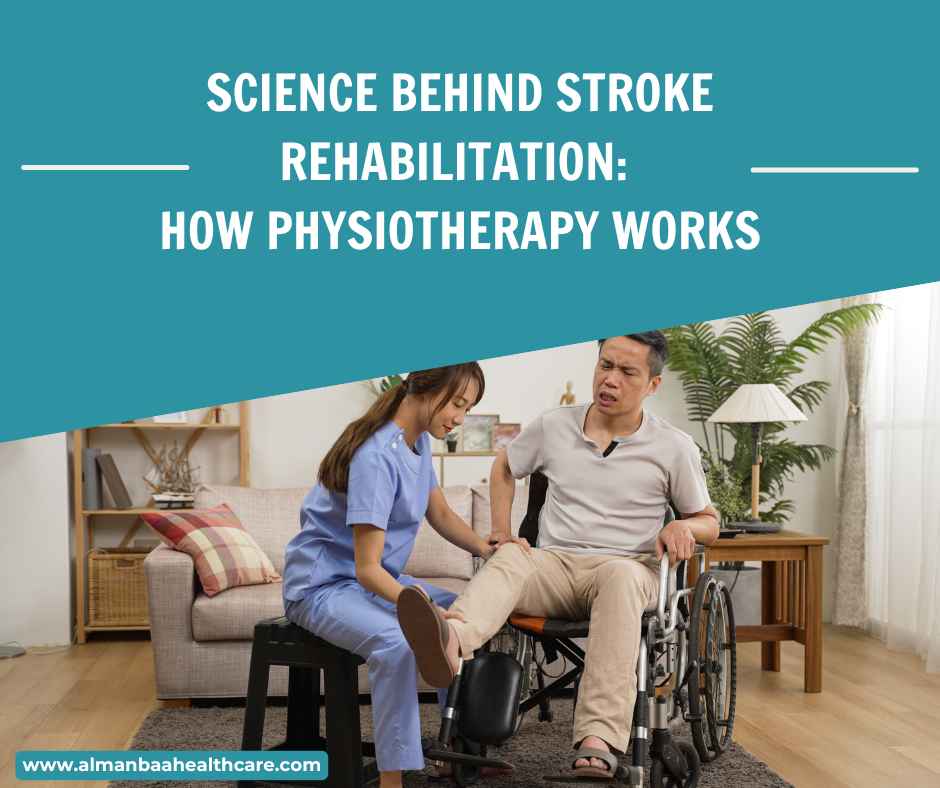


The Science Behind Stroke Rehabilitation: How Physiotherapy Works
Millions of people around the world suffer from strokes every year, and for many, recovery can be a long and challenging journey. Stroke rehabilitation plays a vital role in this recovery process, and among the most effective tools in a patient’s rehabilitation toolkit is physiotherapy. But why does physiotherapy work so well in stroke recovery? Let’s explore the science behind it and how this specialized approach helps restore mobility, strength, and independence.
Understanding Stroke and Its Impact on the Brain
A stroke occurs when blood flow to a part of the brain is disrupted, either due to a blockage (ischemic stroke) or bleeding (hemorrhagic stroke). This interruption prevents oxygen from reaching brain cells, causing them to die in the affected areas. The brain's structure is highly interconnected, so damage to one region often impacts various functions like movement, speech, memory, or sensation.
How Physiotherapy Works in Stroke Recovery
Improving Mobility and Strength
Stroke survivors often experience muscle weakness or loss of coordination. Physiotherapy addresses these issues through targeted exercises. Techniques like stretching, resistance training, and range-of-motion help restore muscle strength and flexibility. Improved mobility enables patients to carry out everyday tasks and significantly enhances their quality of life.
Enhancing Balance and Coordination
Stroke frequently affects balance, making it challenging to stand, walk, or even sit without support. Physiotherapists use balance training exercises to retrain the brain and body to work together. Balance boards, stability exercises, and gait training help rebuild coordination, reducing the risk of falls and fostering confidence in movement.
Reducing Spasticity and Pain
Spasticity, or muscle stiffness, is a common issue in stroke patients. This condition results from disrupted signals between the brain and muscles, leading to involuntary contractions. Physiotherapy uses techniques such as stretching, gentle massage, and positioning exercises to alleviate spasticity, making it easier for patients to move without pain.
Restoring Independence in Daily Activities
Physiotherapists design exercises that focus on practical, everyday movements. Simple activities like reaching, grasping, and lifting are vital for regaining independence. Stroke patients often relearn how to carry out daily routines, enhancing their confidence and allowing them to engage more actively in their surroundings.
Why Physiotherapy is a Lifeline in Stroke Recovery
Stroke rehabilitation is a long journey, but physiotherapy offers hope through a science-backed approach rooted in neuroplasticity and targeted physical exercises. By working with physiotherapists, stroke survivors can regain strength, mobility, and independence, unlocking the potential for a fulfilling and active life post-stroke. Whether through traditional methods or innovative technologies, physiotherapy’s success lies in its ability to harness the brain’s adaptability, making it an invaluable part of recovery.
For those affected by stroke, physiotherapy is more than just exercise; it’s a path back to autonomy, resilience, and a renewed sense of self.